Our voyage led us next to the awe-inspiring city of Jerusalem, a place of deep significance and rich history. As I stepped foot into this biblical city, I knew I was about to embark on a profound and challenging journey. Jerusalem, revered by Christians, Jews, and Muslims alike, holds an undeniable allure for those seeking to connect with their faith and delve into the annals of human civilization.
To fully immerse myself in the essence of Jerusalem, I opted for a guided tour. Our first stop offered a panoramic view of the city from the Jericho Road, where the iconic Dome of the Rock commanded attention. This Islamic shrine, adorned with a roof gilded in pure gold, has stood for centuries, bearing witness to the city’s intricate tapestry of cultures and beliefs. Nearby, we explored ancient caverns steeped in history, adding an extra layer of mystique to our journey.



Our path continued to the Mount of Olives, a small ridge offering a breathtaking vantage point of the great wall enveloping the Holy City. The site is home to over 150,000 graves and boasts the (carbon test verified) world’s oldest certified olive trees, their significance deeply rooted in time. Here, I entered the Chapel of the Ascension, where a solemn and sacred service was taking place. According to tradition, this chapel marks the spot where Jesus ascended into heaven and where prophecy foretells His return as the Mount of Olives is split in two. As I descended toward the Kidron Valley and ventured into the Garden of Gethsemane, I felt a profound sense of connection to the biblical narratives that unfolded in this very place.
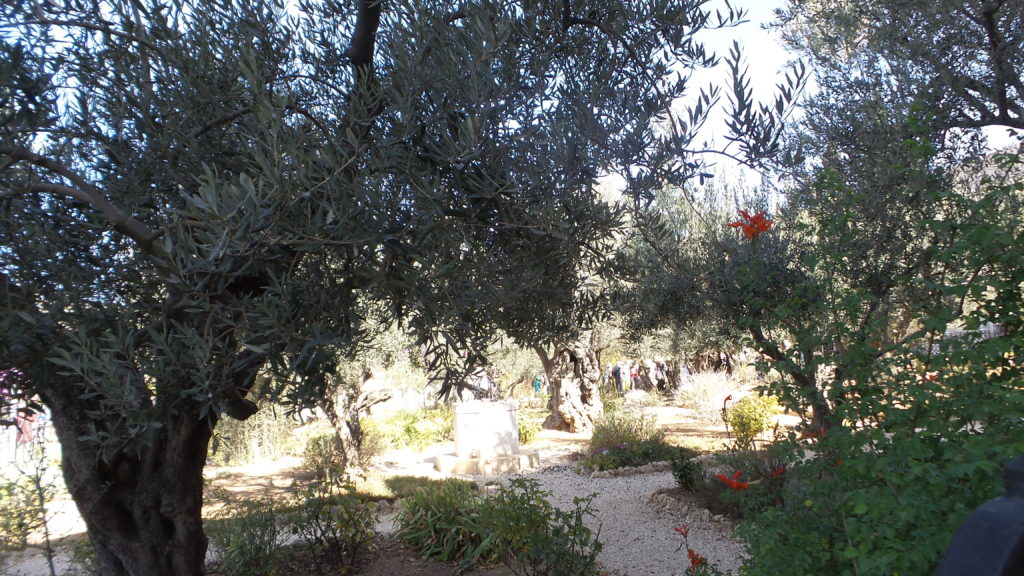


Entering the walled city of Jerusalem, still full of untamed religion and political turmoil, via the Dung Gate, I found myself surrounded by Ottoman architecture and bustling, narrow streets. This southeastern entrance derived its name from the location mentioned in the Biblical Book of Nehemiah. Adjacent to the Dung Gate stands the revered Temple Mount, off-limits due to its sanctity according to Torah law. I then made my way to the Western Wall, an ancient limestone structure built by Herod the Great, with foundations attributed to King Solomon. This sacred site is the holiest place in Jerusalem where Jews are permitted to pray. Some call this the Wailing Wall because they say the Jews go here to weep over the destruction of the ancient Temples – a term that many Jews find offensive. Since the wall is part of the original Temple Mount and closest to where the Holy of Holies was located in ancient Israel, and since it is taught that after the destruction of the temples, God removed his presence from his sanctuary and placed it on the wall, this is the single place on earth believed to be where one can be closest to God. With deep respect, I approached the wall, washing my hands and donning a kippah skull cap, offering my own prayers. There is a practice of slipping written prayers into the crevices of the Wall, and I had mine ready. It was a humbling and moving experience, filled with a profound sense of connection, and I backed away as I left, in a sign of respect and reverence.





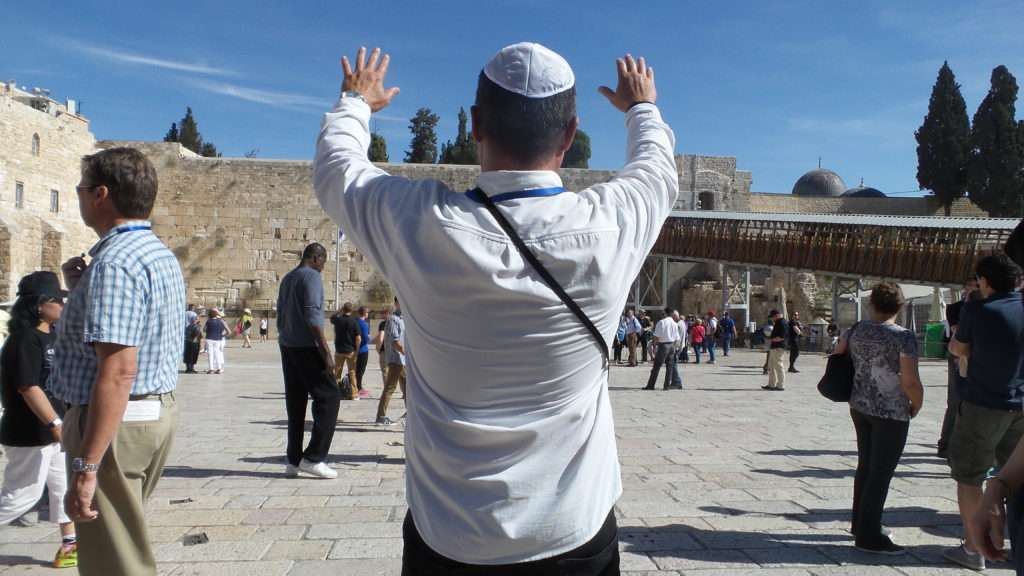
Continuing our journey, we explored the Western Wall tunnels and followed the Via Dolorosa, the path of grief and suffering, which Jesus walked carrying His cross. The city of Jerusalem is divided into four quarters—Muslim, Jewish, Christian, and Armenian. As I walked through the winding streets of the Muslim Quarter into the Christian Quarter, the aroma of cardamom, mint, and fresh Arabic coffee wafted through the air. The stone road led me to the very spot where Pontius Pilate condemned Jesus to death. I reached out and touched the place where Jesus is said to have stumbled under the weight of the cross, finding solace and strength in this sacred place. Finally, I arrived at the Church of the Holy Sepulcher. The church contains what are essentially some of the holiest sites in Christianity including where Jesus was circumcised and presented (purified) to the church, where he drove the money changers out, where he was crucified and endured His Passion on the Rock of Agony (the church is built over the rock of Calvary or Golgotha) and where he resurrected (the church also encompasses the tomb of Joseph of Arimathea where Jesus was buried).



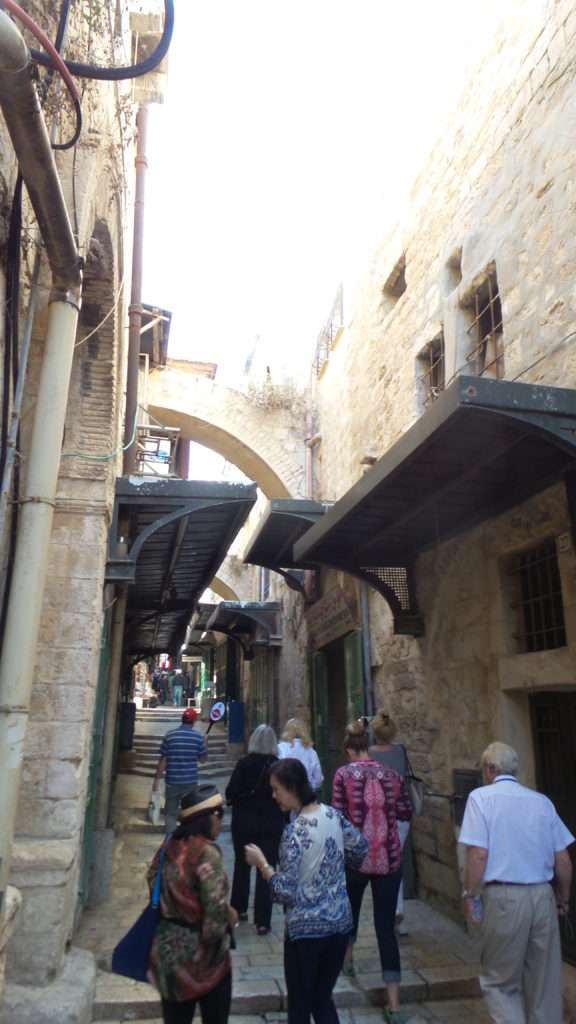





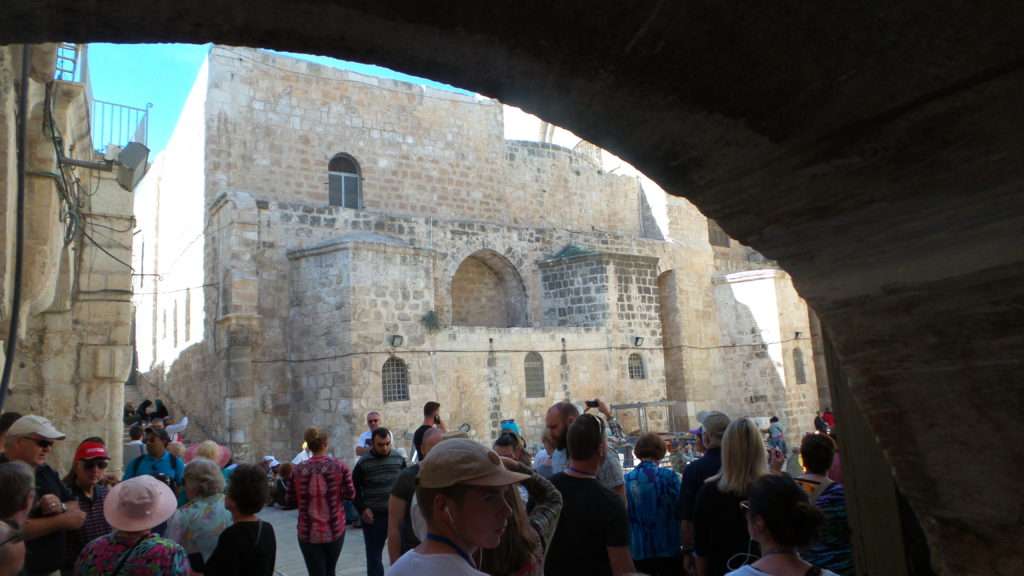
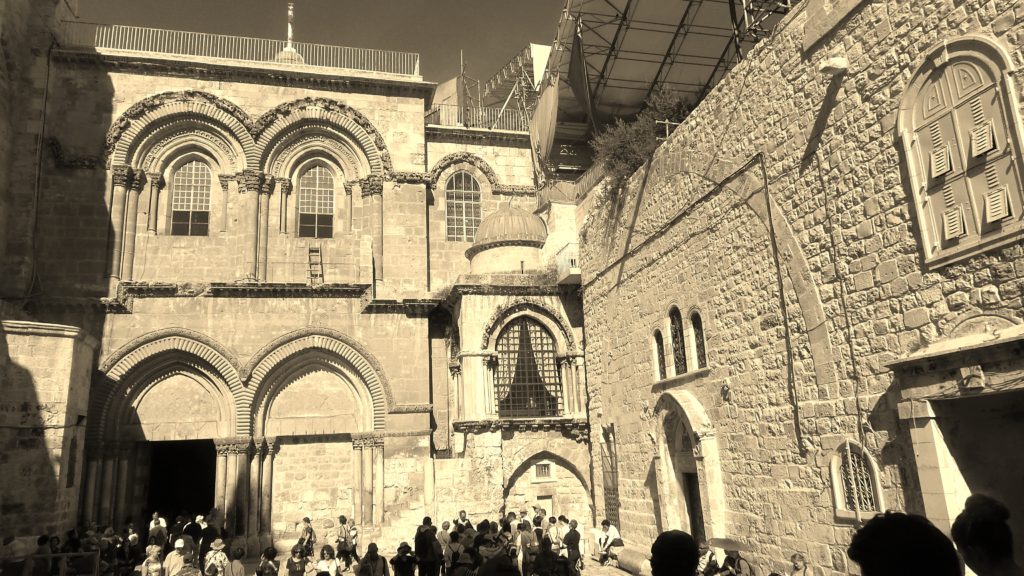




Exiting the walled city through the Jaffa Gate, also known as David’s Gate, I found myself at the Tower of David—a majestic citadel steeped in history dating back to the 2nd century. I relished in the vibrant atmosphere just outside the gate, savoring the taste of fresh pomegranate juice offered by a local vendor. My time in the ancient city of Jerusalem was nothing short of extraordinary, an essential pilgrimage for those seeking spiritual enlightenment, regardless of their religious affiliation.
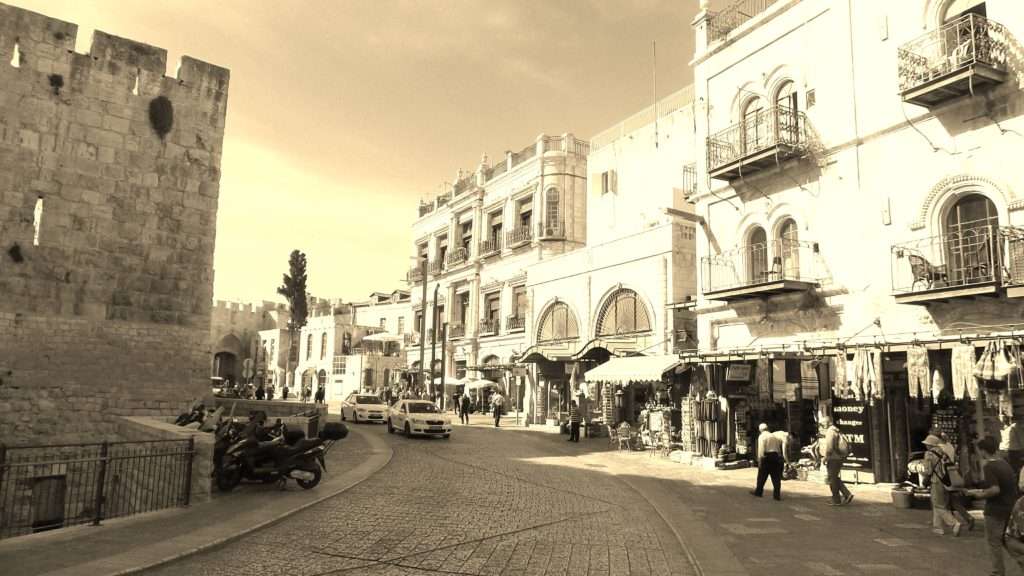





Visiting Jerusalem is a journey that transcends religious and cultural boundaries. It is a voyage to the very heart of human history and faith, where the threads of ancient civilizations intertwine, and the weight of centuries rests upon the sacred sites that dot this captivating city. It’s time. Expand your world.
Scroll down below the comment section (leave a comment if you like), to read the next post and discover the next adventure…

